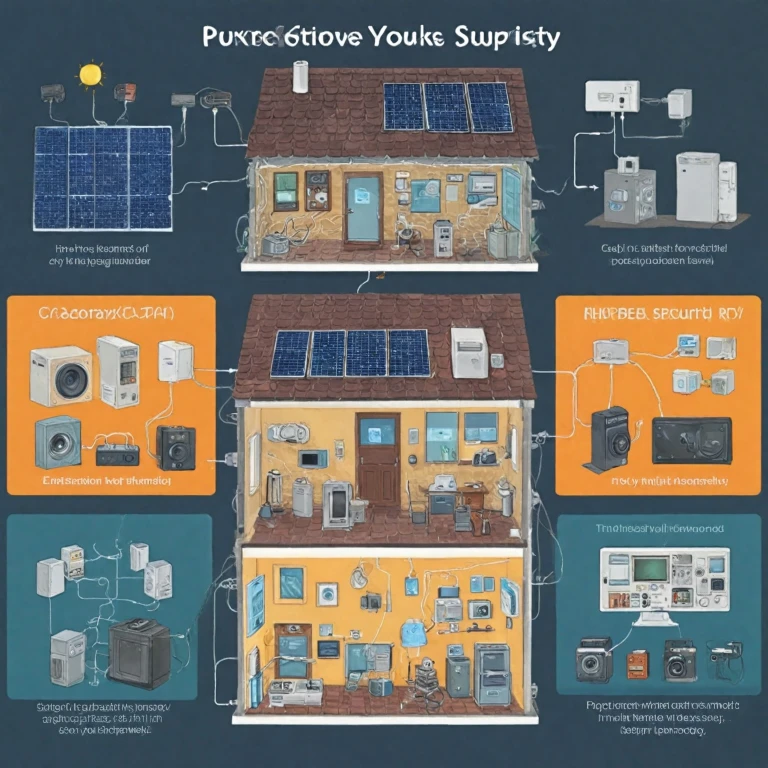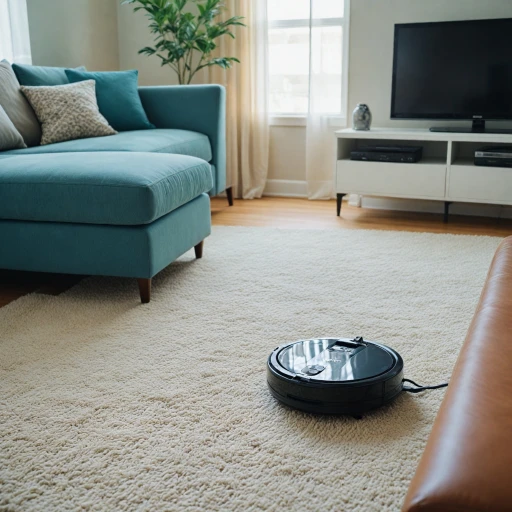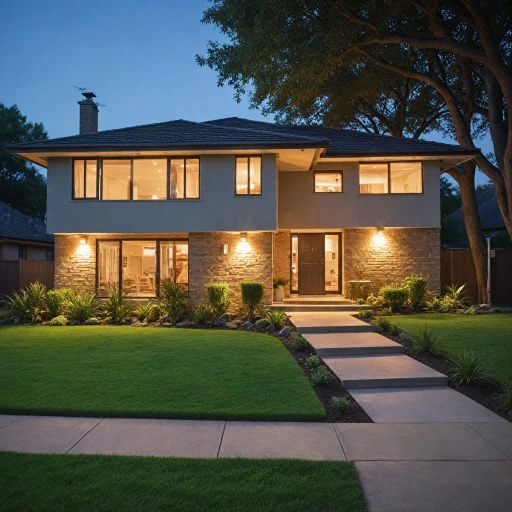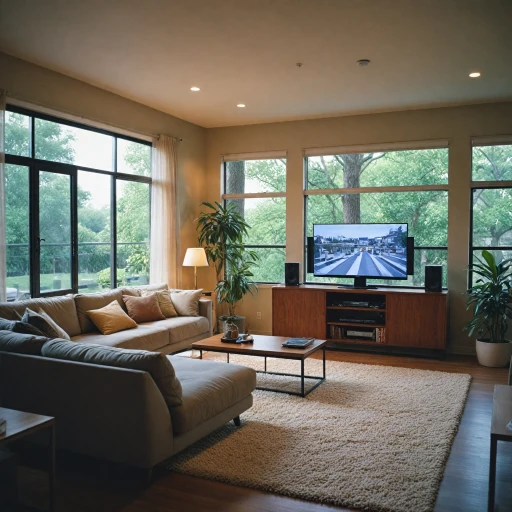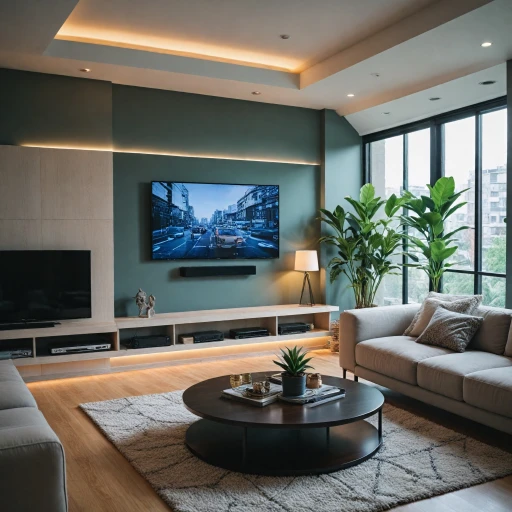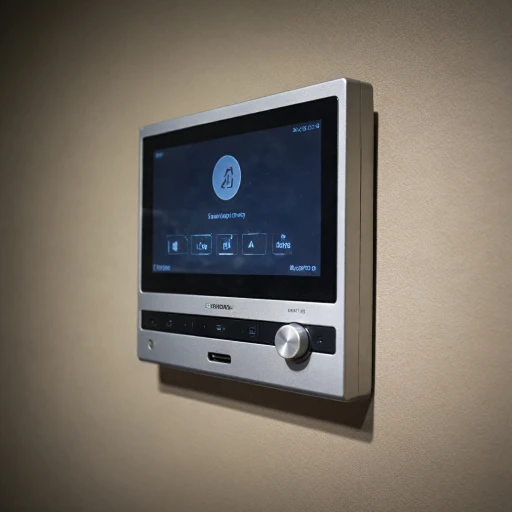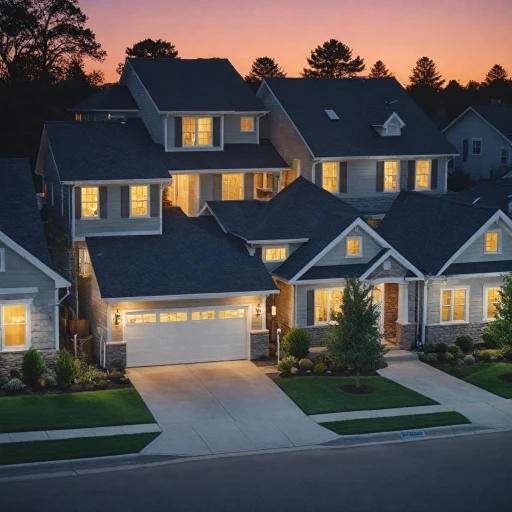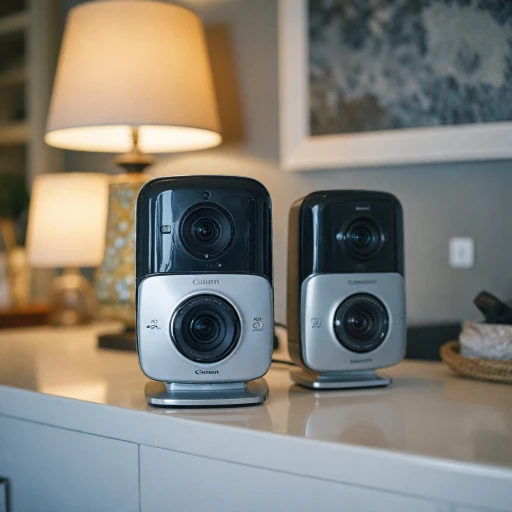
Types of Power Supply for Security Cameras
Exploring Various Power Options for Security Cameras
When setting up a security camera system, understanding the power supply options is crucial to ensure uninterrupted operation and efficiency. From traditional cabled solutions to modern wireless innovations, each power type offers unique features that influence the installation process, system performance, and maintenance.
Cabled Power Supplies
Perhaps the most conventional choice, cabled power supplies are often preferred for wired security cameras and CCTV systems. These use a power adapter and supply power through a network of cables, typically providing a stable and consistent supply of electricity. Most cabled systems operate on standard voltage levels, commonly 12 VDC. While they are reliable, installation might involve routing cables discreetly through walls and ceilings, sometimes increasing both product costs and installation complexity.
PoE (Power over Ethernet)
Power over Ethernet (PoE) presents an efficient solution by using a single cable to transmit both power and video data. A single Ethernet cable connects the CCTV camera to the network and the power source, simplifying the installation process while reducing clutter. It’s a popular choice for many security camera systems due to its ability to deliver stable power even over longer distances.
Wireless Security Cameras
For those seeking flexibility, wireless security cameras are an attractive option offering greater freedom in camera placement without the need for extensive wiring. These cameras either use battery packs or adapters connected to electrical outlets. Wireless cameras are particularly beneficial for properties where running cables is impractical. However, it’s essential to consider that they might rely on battery supplies, requiring periodic replacement or recharging, potentially influencing ongoing maintenance efforts.
Battery-Powered Cameras
Battery-powered options provide the ultimate flexibility, ideal for temporary setups or situations lacking direct power sources. They allow uncomplicated mobility and repositioning while being easiest to deploy. When considering battery-powered cameras, selecting the right battery type, such as lithium-ion options, is vital for extending operational periods between recharges. For more insights into optimal batteries for these cameras, you might find this guide on choosing lithium-ion battery chargers helpful.
Advantages and Disadvantages of Each Power Supply Type
Benefits and Challenges of Different Power Options
When selecting a power supply for your security cameras, it's essential to weigh the pros and cons of each type. This consideration ensures you have a system that works seamlessly for your security needs. Below are some insights into these power options:
- Wired Power Supplies: These provide a consistent voltage, ensuring the camera system works without interruptions. However, installation might require extensive cabling, potentially increasing the price and complexity of your setup. The power supplies you choose will also need the right adapters, which could add to your overall costs.
- Wireless Power Supplies: With fewer cables, this option offers flexibility in camera placement and reduces clutter. However, wireless security cameras can experience interference and occasionally require battery changes or recharging. This might add more maintenance compared to wired systems.
- Power over Ethernet (PoE): This technology combines power and data through a single cable, facilitating easy setup and reducing cable bulk. While it requires compatible cameras and possibly more expensive PoE switches or injectors, it is a solid choice for delivering both video and power efficiently.
Considering these aspects helps you make informed decisions and tailor your security system to your needs. For further guidance on specific battery chargers for security camera systems, refer to this comprehensive guide.
Choosing the Right Power Supply for Your Home
Selecting the Most Suitable Power Source for Your Home
Choosing the right power supply for your home security cameras is crucial for the effectiveness and reliability of your security system. With various options available, it's essential to weigh the pros and cons to determine which power supply best fits your specific needs.
First, consider the level of flexibility you need regarding installation. Wired security systems, often powered by a traditional plug-in power adapter, offer a stable and continued supply of power. They're a reliable choice for those who prioritize continuous video recording without potential interruptions. However, the setup may involve more effort due to the need for routing cables throughout your home.
On the other hand, wireless security cameras, often powered by batteries or solar panels, provide more freedom with placement, as there’s no need for cumbersome wires. While these systems might be easier to add to cart due to their ease of installation, it's important to consider their operating time and maintenance needs, as batteries will require regular replacement or charging.
If you're looking for a seamless blend of convenience and efficiency, consider Power over Ethernet (PoE) systems. These utilize a single cable to deliver both power and video feed, which minimizes clutter and streamlines the installation process. They are often utilized in professional CCTV camera systems due to their reliability and ease of management.
Budget is another factor to consider. Wired systems can sometimes come at a lower initial price than their wireless counterparts, given the need for additional power adapters or solar panels. However, the ease of maintenance and flexibility of wireless systems can justify the additional cost.
Ultimately, the right choice will depend on your specific requirements, the layout of your home, and your budget. Assessing the advantages and disadvantages of each option can help you make an informed decision that balances performance and cost for your security systems.
Installation Tips for Security Camera Power Supplies
Setting Up Your Security Camera Power Supply
When installing home security cameras, whether it’s a CCTV system, a wireless security setup, or a wired security system, ensuring that your camera power supply is correctly set up is critical for the functionality and efficiency of the entire system. Here are some key installation tips to guide you:- Verify Voltage Compatibility: Before installation, check the voltage requirements of your security cameras. Most cameras demand a specific voltage, typically around 12 VDC. Ensure the power adapter or power supply you choose matches these needs to avoid malfunction or damage.
- Choose the Right Cabling: For wired security cameras, selecting quality power cables is essential. These cables should be capable of handling the necessary current flow and protecting against electrical interference that can affect video quality. For PoE (Power over Ethernet) systems, ensure that the Ethernet cables are adequately rated.
- Plan the Power Path: Properly plan the path for your power supplies. This might mean routing cables through walls or installing power supplies close to cameras to minimize cable length and reduce voltage drop.
- Use Reliable Power Adapters: It’s crucial to use a power adapter that provides a steady and reliable power supply. Look for products with good reviews and consider adapters with built-in surge protection to safeguard your camera systems.
- Consider Power Supply Placement: To protect your power supplies and adapters, place them in weather-proof or indoor locations. Ensure easy access for maintenance.
- Test Your Setup: Before finalizing installation, test all components. Check if security cameras stream video effectively and receive consistent power. Any flickering or power issues could indicate a need for adjustment.
- Secure Connections: Ensure that all power connections are tight and secure. Loose connections can lead to intermittent power issues.
Troubleshooting Common Power Supply Issues
Resolving Common Power Supply Problems
When it comes to maintaining your home security camera system, power supply issues are a common hurdle that many users face. Troubleshooting these issues can often be straightforward, provided you know what to look for. Here are some tips to help you identify and resolve power supply problems:
- Check the Power Cable and Connections: Loose or damaged cables can cause interruptions in the power supply. Ensure all connections are secure, and inspect the cables for any visible wear and tear that might require replacement.
- Verify the Voltage Compatibility: Ensuring that the voltage output of your power adapter matches the camera's requirements is crucial. If your camera requires 12 VDC and your adapter supplies only 9 VDC, it will not function correctly.
- Look Into Power Adapter Issues: A faulty power adapter can be the culprit. Test the adapter with a different camera, or swap it with a working one to see if the issue persists.
- Consider Environmental Factors: Extreme temperatures can affect the performance of power supplies. If your camera system is outdoors, ensure it’s rated for the environmental conditions it will experience.
- Evaluate Wired vs. Wireless Setup: Wired security systems may experience less frequent power issues compared to wireless ones due to their direct connection. However, if using a battery-powered wireless security camera, ensure the batteries are fully charged and in good condition.
- Verify the Power Supply Specifications: Multi-camera systems might require more power than a single supply can provide. A centralized power supply or a PoE (Power over Ethernet) adapter can offer a reliable solution for multiple cameras.
In some cases, upgrading to a higher-quality power adapter or cable can prevent future problems. Remember, if issues persist beyond these basic troubleshooting steps, consulting with a professional or the product's support team may provide additional solutions tailored to your specific security system model.
Future Trends in Security Camera Power Supply
Innovations in Power Supply for the Future of Security Systems
The landscape of home security camera power supplies is steadily evolving, driven by technological advancements that promise to enhance the efficiency and reliability of security systems. As homeowners continue to seek seamless integration with smart home technologies, various trends in security cameras and their power supplies are emerging.- Power over Ethernet (PoE): PoE is not exactly new but is becoming increasingly popular. It simplifies the installation process by enabling power to be delivered through the same cable used for data transmission. This reduces the need for multiple cables, thereby lowering installation costs and complexities. As more systems adopt PoE, cameras power management becomes easier and more efficient.
- Wireless Charging Technologies: Although still a developing technology for security cameras, wireless charging holds promise for future systems. It eliminates the need for direct electrical connections, thus simplifying the installation and maintenance of wireless security cameras. This could reduce the need for constant power adapter replacements.
- Renewable Energy Sources: With the increase in environmental consciousness, integrating renewable energy into security systems is gaining traction. Solar panels and other renewable power supplies are increasingly being used to power cameras in remote or outdoor locations, where traditional power sources may be less accessible. This can reduce reliance on electrical power grids and make video surveillance systems more sustainable.
- Smart Battery Technology: Advances in battery technology are enabling longer-lasting power solutions for security cameras. Rechargeable lithium-ion batteries, for instance, offer high efficiency, portability, and longevity, which are essential for cameras functioning in wireless security systems. These batteries can often be charged using an adapter power source, providing a flexible backup option for cctv power management.
- AI and IoT Integration: The incorporation of AI and the Internet of Things (IoT) into security camera systems is paving the way for smarter power management. These systems can predict and adjust power usage based on video surveillance data and environmental conditions. This not only optimizes power consumption but also enhances the overall security system’s effectiveness.

